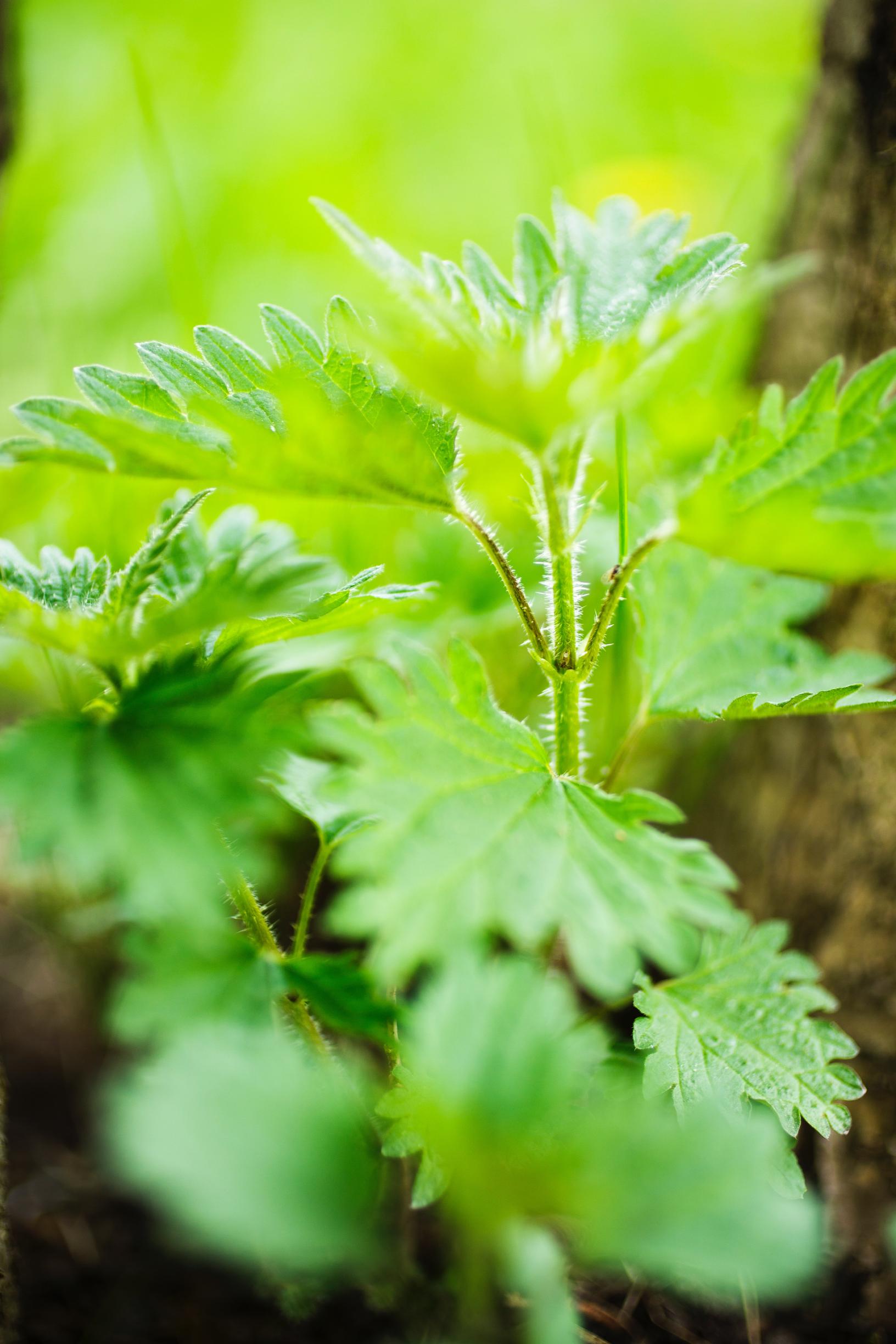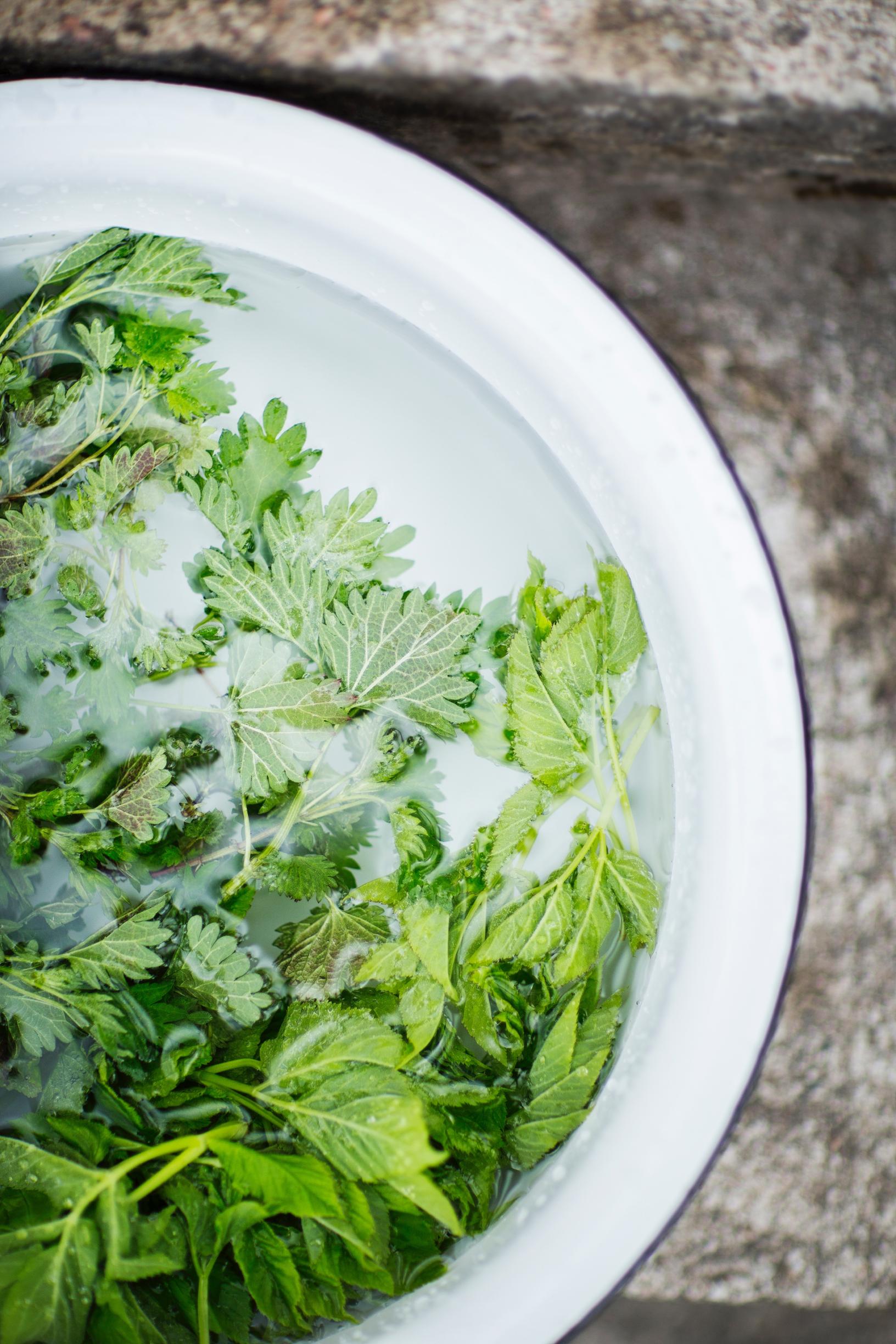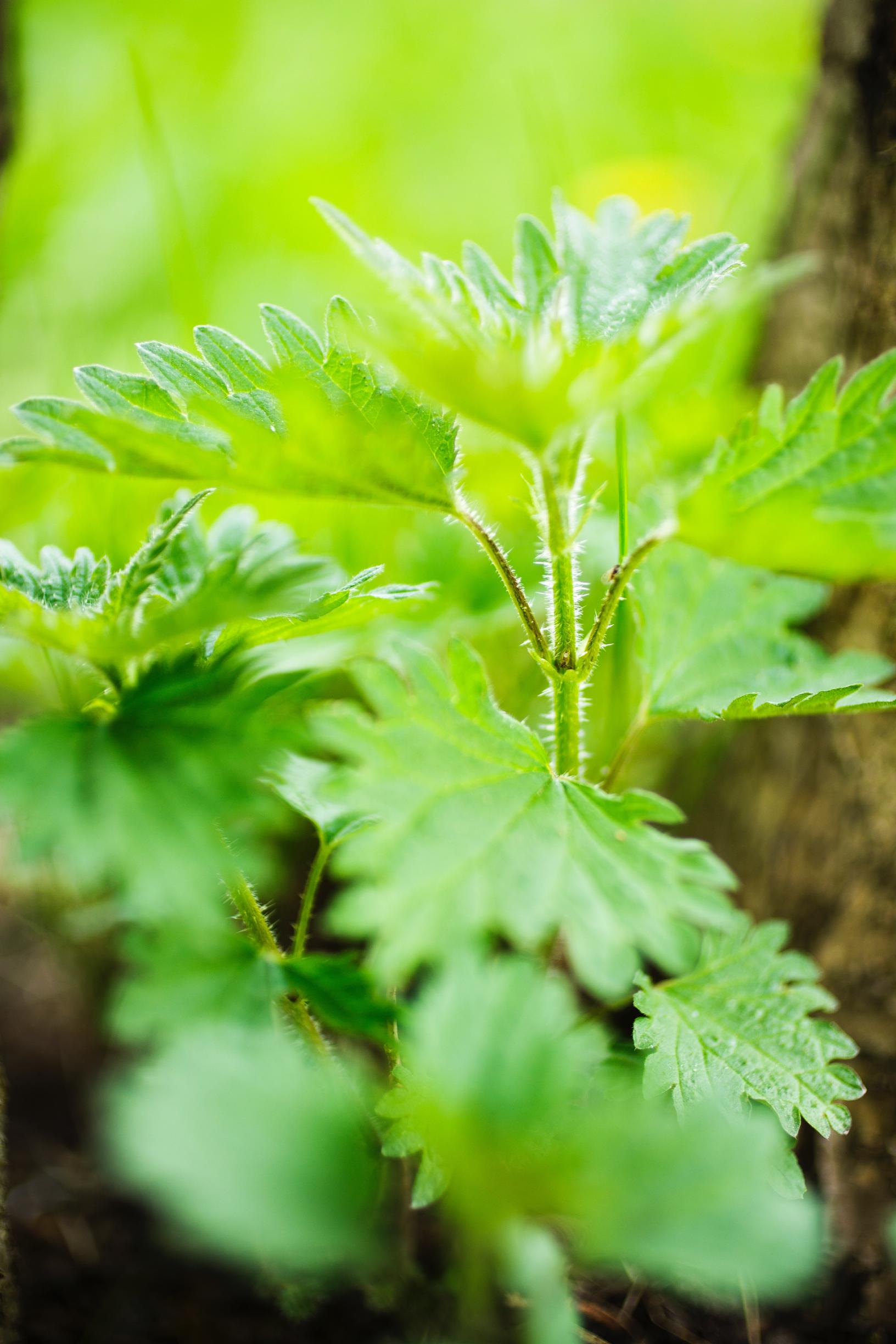
Nettle might surprise you with its versatility—here’s how to make the most of this gem in the kitchen, garden, and beauty!
The nettle is a gem you can use in cooking, gardening, and more. Check out our tips and discover new ways to use nettle!
Nettle is an age-old wild herb that might surprise you with its versatility. Over the centuries, it has been used as a remedy, a food source, and a fiber crop, and even today, there are countless ways to use it.
As a wild-growing plant, nettle offers top-notch nutritional value. It’s loaded with minerals, trace elements, vitamin C, and flavonoids. Nettle is also one of the plant world’s best sources of calcium and iron. In addition to all its health benefits, it also tastes great.

Harvesting nettles
Gather small, newly sprouted nettles whole, or pick the top leaves and tips of bigger nettle plants. For cooking, use the youngest shoots before they bloom. By cutting them back, you can harvest up to three crops over the summer.
In spring, nettle gathering is quick and easy with gloves and scissors. Nettle loses its sting once its leaves wilt or have been blanched in boiling water. Always blanch nettles before adding them to dishes, or preserve them by drying.
Avoid picking nettles near barns, outhouses, compost heaps, or similar spots, as they can contain excessive nitrates. Also steer clear of busy roadsides and high-traffic areas.
Nettle in cooking
Nettle beats almost every other vegetable in nutritional value, so it’s worth gathering and using fresh, as well as drying or freezing for winter.
Nettle works in any dish where you’d normally use spinach. It’s especially good in pancake [in Finnish] batter and bread dough, soups [in Finnish], sauces, salads, pesto-like spreads [in Finnish], risottos [in Finnish] and pies [in Finnish]. You can also use nettle in smoothies as long as you blend everything thoroughly. Both fresh and dried leaves can be steeped for nettle tea.
When cooking with nettles, it’s best to briefly boil them in a little water first and then drain thoroughly. Chop the nettles with a knife or in a food processor, then cook them or freeze them in smaller batches for later use.

Nettle in the garden
Nettle water against aphids
Collect 0.5 kg of nettles in a bucket, pour in 2.5 liters of water, and let the mixture steep for 1–2 days. Strain and spray it on plants plagued by aphids. Repeat as needed.
Nettle water as fertilizer
Put half a kilogram of nettles in a bucket with about 2.5 liters of water at around 20°C (68°F). Let it sit for a week or two, then strain. Dilute it for fertilizer by mixing one part nettle solution with ten parts water. Be ready for a potent smell.
Nettle in skin and hair care
Nettle water for hair
Chop 2–3 deciliters of fresh nettles and add half a liter of water. Boil for 10 minutes, strain out the leaves, and let cool. Massage the nettle water into your hair and scalp after shampooing, and leave it in. This helps prevent a dry scalp and dandruff.
Refreshing foot bath
For a refreshing foot bath, mix together sea salt, nettle, coconut oil, calendula, and a revitalizing essential oil. Add the mixture to a warm foot bath and enjoy. You can also soften calluses on your feet with lemon halves.


